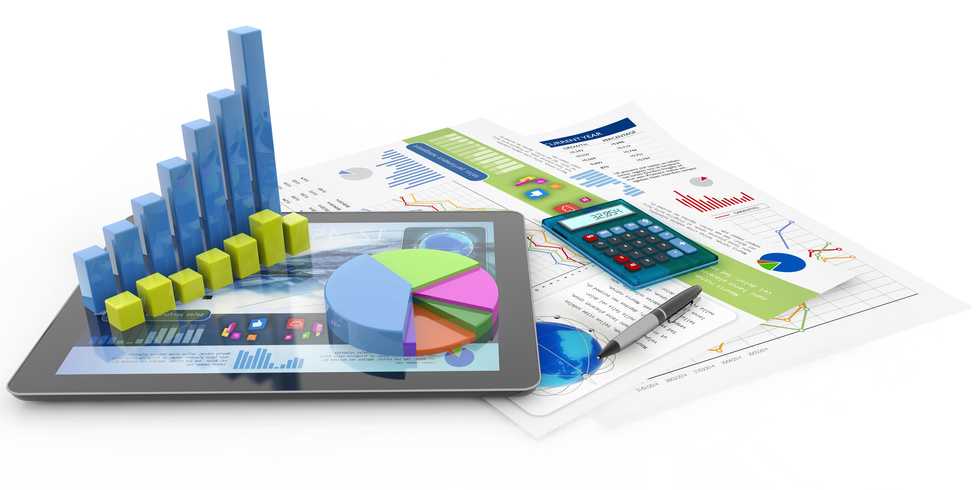 The products of provider Qlik have been among the market-leading solutions in the business intelligence sphere for years. With its analysis software Power BI, Microsoft would like to establish itself on the BI market as well. However, the product that is best suited to a company depends on the respective requirements placed to the tool. Qlik products and Power BI both come up with various advantages and disadvantages.
The products of provider Qlik have been among the market-leading solutions in the business intelligence sphere for years. With its analysis software Power BI, Microsoft would like to establish itself on the BI market as well. However, the product that is best suited to a company depends on the respective requirements placed to the tool. Qlik products and Power BI both come up with various advantages and disadvantages.
Although both solutions offer extensive opportunities for data assessment and generation of screenshots and dashboards, a closer look shows that there are significant differences.
Easy integration into the Microsoft environment
One of Power BI’s biggest strengths is its easy integration with other Microsoft products such as Dynamics NAV, Office 365 or SQL Server. If a company already works in a Microsoft environment, the necessary data sources (e.g. Excel tables or NAV data) can be connected particularly quickly and easily. In case of QlikView or Qlik Sense, integration with a source system such as Dynamics NAV is just as simple. The products also assimilate seamlessly into the Microsoft product portfolio. A connector such as prisma’s NAVdiscovery Toolbox can provide particular comfort while performing the connection.
Business Intelligence in the cloud – good or bad?
One should not be misled by the names given to the Power BI products. For instance, although there is a “Power BI Desktop”, this program edition is not suitable for professional use at companies due to its limitations with regard to deployment to other users and in capacity (1 GB). Rather, as a designer program, it can be used to create the assessments locally and publish them on Power BI, which is integrated in Office 365. Power BI is a purely cloud-based product and even the data to be analysed must be held available in a cloud storage space. However, the cloud-based technology of Power BI also gives rise to some advantages. For example, screenshots and dashboards created via the software’s mobile app can be shown directly on a mobile end device, allowing field service employees always to be kept up-to-date with the data.
Simple and intuitive vs. versatile and complex
Moreover, QlikView in particular offers advanced BI users (especially those with programming skills) all kinds of options with regard to scripting and data modelling, which Power BI does not. With the use of Qlik products, the user also benefits from a far larger variety of view and presentation options. But increased options also lead to an increased complexity of QlikView. While using the tool, users with little experience in working with business intelligence tools could sometimes be stretched to their limits with the creation of multi-layered analyses and assessments, despite the intuitive user interface and the high performance thanks to the in-memory technology. In contrast, Qlik Sense is a data analysis solution that is so intuitive that all employees of the company can create personalised reports and dynamic dashboards very easily. In the process, the user’s own screenshots can be generated conveniently via drag & drop and data can be analysed up to a high level of detail.
The right solution for each company
The decision for a solution from Qlik or Power BI should be made based on individual requirements and the envisaged users. If the company is already deeply rooted in other Microsoft products and no advanced assessment and data modelling options are required, use of Power BI can be considered. On the other hand, for data-centred users who want to generate elaborate and complex analyses unrestrictedly or attractive screenshots, QlikView or Qlik Sense is the option to choose.
